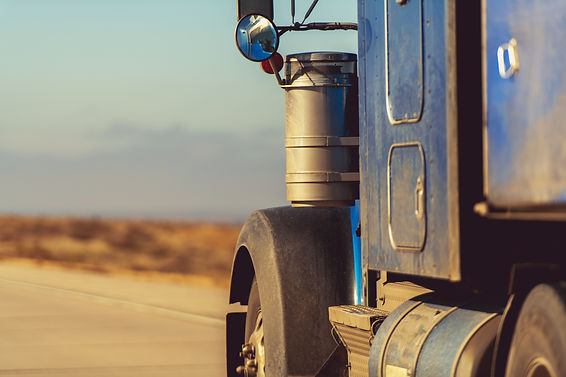If specifying steel wheels, on steer, lift and or drive axles, might ask the OEM (Original Equipment Manufacturer) if they have an option for longer wheel studs. Each manufacturer uses multiple stud lengths based upon the thickness of the materials they secure.

Wheel material and hub type are a couple of the considerations that combine to require 3 or more different stud lengths. The one that is the proper length for your chassis will be used, and if it is the shortest possible then you probably have steel wheels and iron hubs. Maybe your customer wants to upgrade to aluminum wheels. The studs will not permit what should be a simple swap.
The shop will charge around $600/axle to replace the studs, so there is a solution. However, a cheaper/easier action is to specify long studs when you order the vehicle. Given this is usually a $0 cost code, might be advantageous by providing flexibility.
Rule of thumb: you should see at least 2 full threads exposed after the nut has been torqued. Steel wheel flanges on average are 3/8” thick, aluminum flanges 1”. You can see where the problem is. If you order aluminum wheels from the factory, no special consideration is required.











